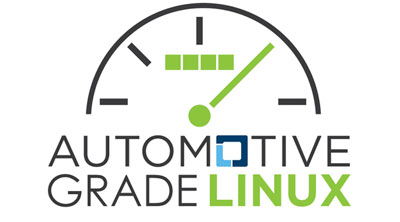The adoption and development of this technology has been significantly accelerated thanks to the Linux Foundation’s Automotive Grade Linux (AGL), a collaborative Open Source project which stands for a fully open software stack for the connected cars. AGL is joining automakers and technology companies to develop a common platform to listen to the user experience and innovate where it counts.
“Our membership base is diversifying across various business interests, from semiconductors and in-vehicle software to IoT and connected cloud services”,
explained Dan Cauchy, the Linux Foundation’s General Manager of Automotive, in a statement.
AGL recently announced a new AGL Unified Code Base (UCB), a new Linux distribution based on AGL and two other car open-source projects: Tizen and the GENIVI Alliance. It is a distro built from the ground up to address automotive specific applications. It handles navigation, communications, safety, security and infotainment functionalities.
Since its release in January 2016, four car companies and ten new software businesses have joined AGL. Everything suggests the project is going to grow at a good pace to breath life into most 21st century smart cars.
Fuente: ZDNet








0 Comments